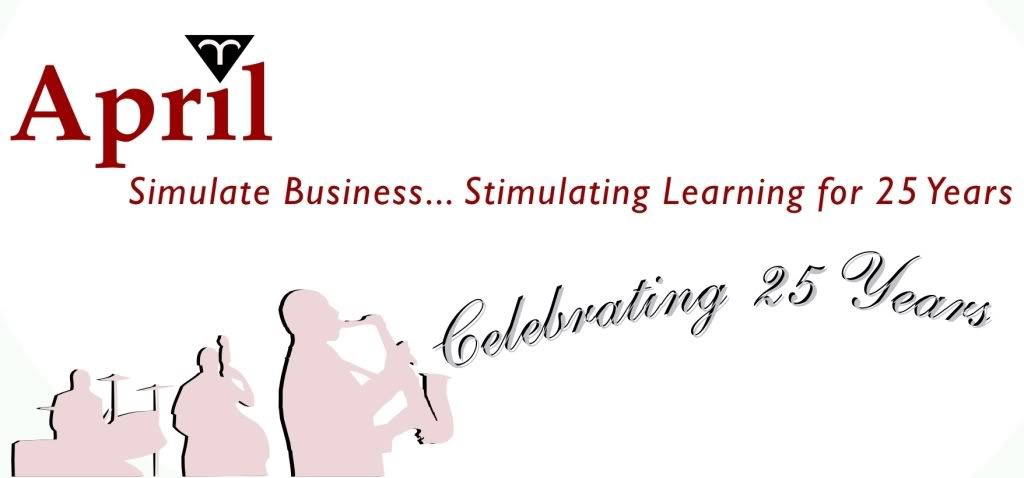Benefits of Teaching with Simulations: Some Comments from the Experts
11.03.12
Simulations are now well-established teaching methods in universities all over the world, but why are they so popular? Harvard Business Publishing investigated by asking a group of simulation authors (Prof. T. Luehrman, Prof. W. Shih, Prof. A. Edmondson, Prof. R. Casadesus-Masanell; all Harvard Business School, Prof. M. Roberto; Bryant University, Prof. R. Ernst; Georgetown University, Prof. R. Austin; University of New Brunswick) about the real reasons why students love to learn in a virtual environment.
What does a simulation do for student learning that other methods don’t?
Prof. Luehrman: A simulation stimulates active engagement of students. They are playing a role, not just reading and analyzing. They make decisions and see the results of their decisions in the response of other players and the outcome of the sim. Simulations generate much more energy among students than traditional lectures or case discussions.
Prof. Shih: A simulation forces students to synthesize and integrate what they read and make actual decisions based on facts or data presented in the case. Simulations give students a temporal dimension, an opportunity to experience outcomes that change based on their inputs over time.
How do students react to using simulations?
Prof. Ernst: Students enjoy winning. A well designed business simulation includes an element of competition that encourages them to strive and to impress their classmates (and the faculty) while learning!
Prof. Shih: Students have told me that sims force them to integrate and apply material that they have learned. The opportunity to try things—test a hypothesis and receive immediate feedback—gives the sim a dimension that you can’t get from a case alone.
Prof. Casadesus-Masanell: When I first started using a sim, I did not imagine the energy it would bring to the class. I’ve taught with sims in MBA and Executive Education and with both, the level of discussion is different than with cases—people get much more emotionally involved and competitive—they get hooked and their understanding of the learning points increases.
For faculties who haven’t tried a simulation- what one thing would you say to convince them to try one?
Prof. Edmondson: The students love it. It’s hard to get them to stop talking about it; they want to do it over and over, and to share the experience. They have fun, it’s engaging, they laugh, and they’re surprised. And it’s memorable. It sticks.
Prof. Austin: I’d say “Just wait until you hear the students’ discussion after they’ve used the simulation.” It’s exhilarating, really, the issues the sim gives them access to. This is a really important point: The educational power is in the debrief. A sim is a way to get students talking about what you need to teach them.
The Executive business simulation and April Training‘s other products are used extensively within universities, in the UK and world-wide. For more information about using our simulations as part of a university module or college course, call us on (+44) 1928 735 868 or email info@trainingsimulations.com.
Tags: academic training simulations, integrated learning, university simulations

